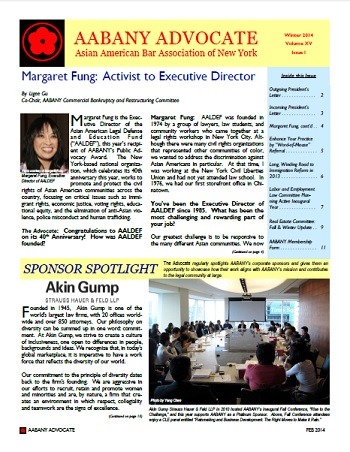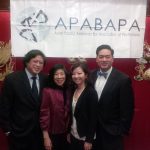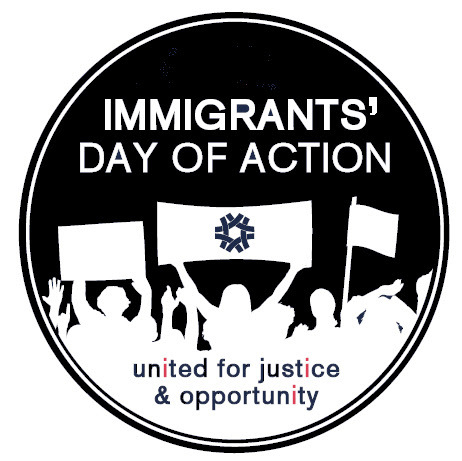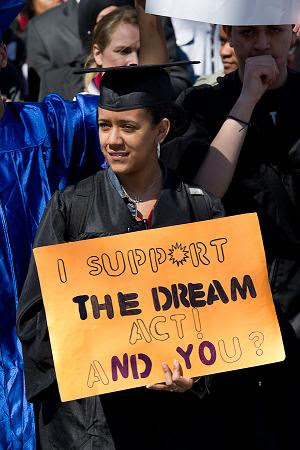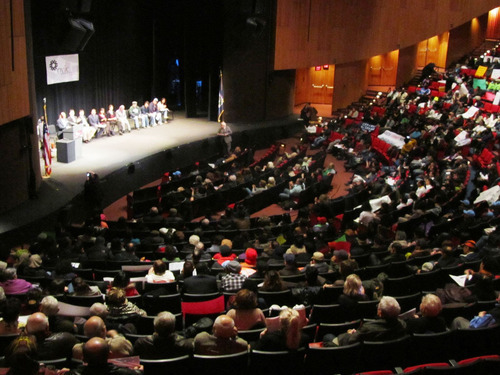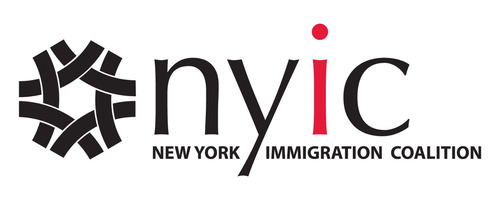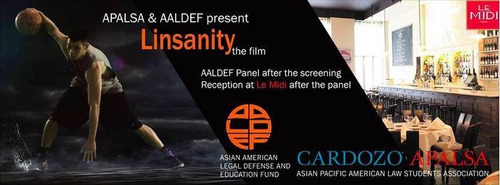Thurgood Marshall United States Courthouse
40 Centre Street
New York, New York 10007
ROBERT A. KATZMANN
CHIEF JUDGE
CATHERINE O’HAGAN WOLFE SALLY PRITCHARD
CLERK OF COURT DIRECTOR, OFFICE OF LEGAL AFFAIRS
March 3, 2014
FOR IMMEDIATE RELEASE
The Criminal Justice Act/Pro Bono Committee is accepting applications for the Second Circuit’s Pro Bono Panel. The deadline is Friday, May 2, 2014.
Pro Bono Panel members will, at the Court’s invitation or on an appellant’s motion for appointment of counsel, represent pro se litigants in civil appeals that present issues of first impression, complex issues of law or fact, or raise potentially meritorious claims warranting further briefing and oral argument. Pro bono representation will be provided to litigants who would otherwise be unable to pay for counsel and are ineligible for the appointment of counsel pursuant to the Criminal Justice Act.
Cases in which pro bono counsel will be appointed cover a broad range of legal issues. A significant percentage of the cases are prisoner civil rights appeals; others may involve labor and employment, discrimination, social security, immigration and tax law.
Applicants must be admitted to and members in good standing of the Bar of the Second Circuit, or have an application pending before this Court, and have at least three years of appellate experience. Pro Bono Panel members will serve for a term not to exceed three years.
Pro Bono Panel Members who were appointed by the Court in 2011 for a three-year term must submit a new application if they wish to remain on the Panel. A completed application package contains a resume, a written application (available on the Court’s website at http://www.ca2.uscourts.gov) and three writing samples, preferably appellate briefs on which the applicant was the primary author. These materials must be submitted to Sally Pritchard, Director of Legal Affairs, United States Court of Appeals for the Second Circuit, 40 Foley Square, New York, NY 10007, by Friday, May 2, 2014.


